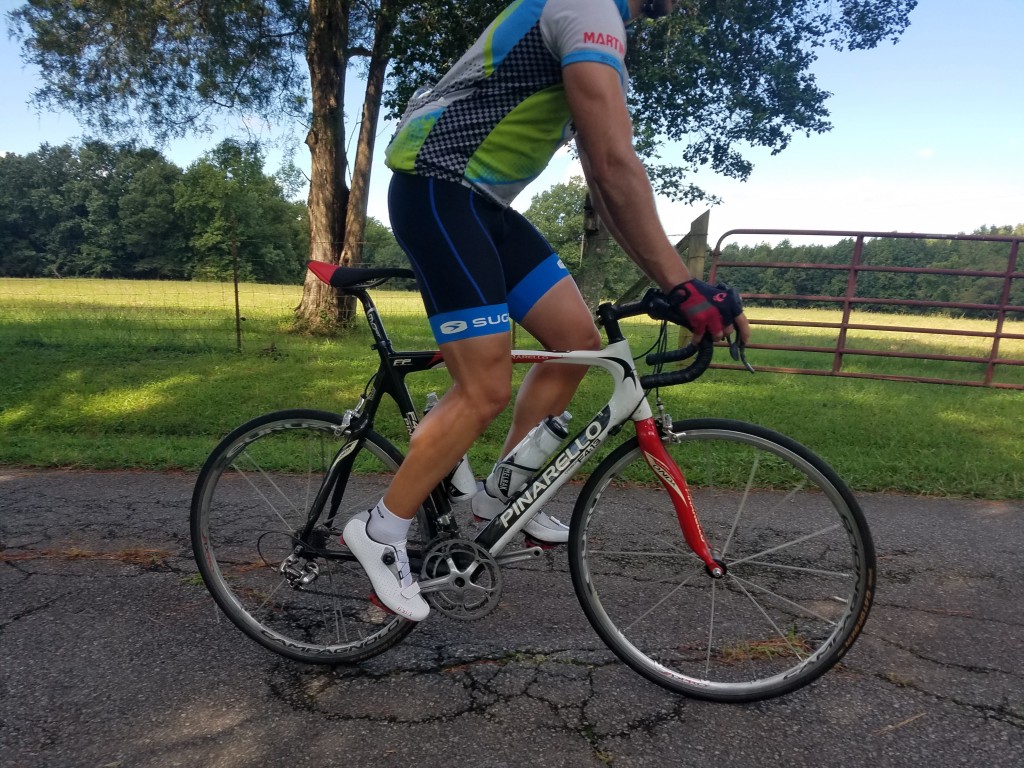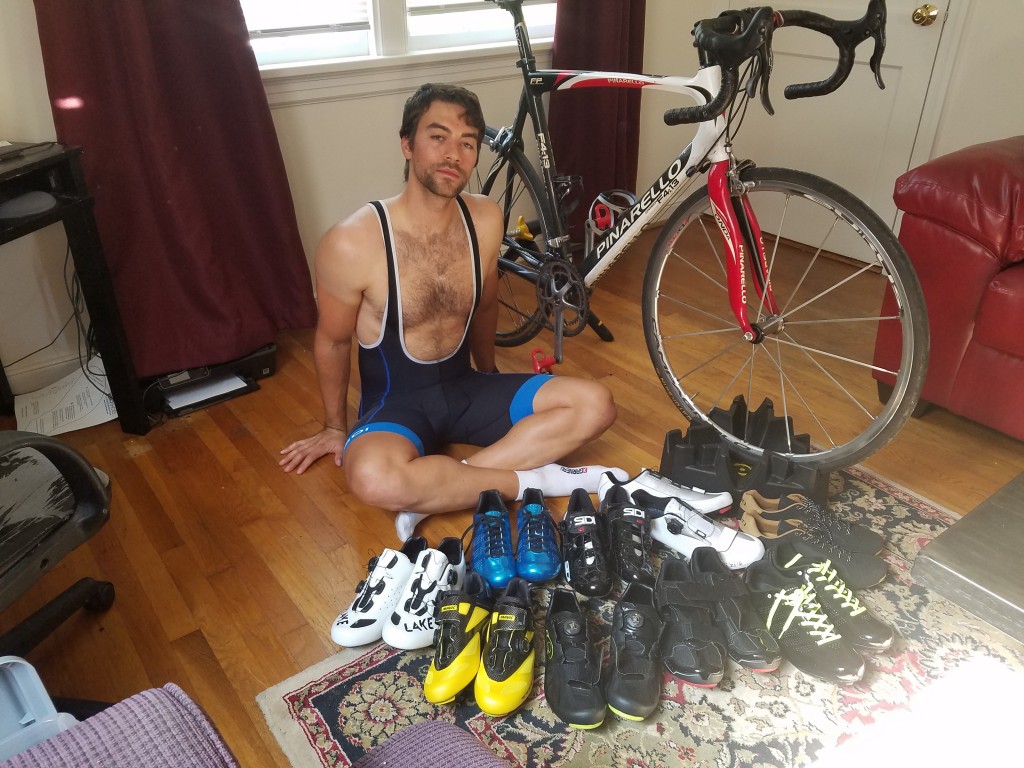This is the starting point for our reviews. This sets the tone for everything from the selection process to where and for how long we'll test to the types of awards we'll hand out. It's the central organizing piece to our reviews that gives them their structure and helps us continue to crank out steady, objective analyses. Of course, years of collective experience give us the judgment and intuition to make good calls, but being diligent in breaking our reviews down across performance gives us confidence in our work.
Product Testing
We aim to be as thorough as possible when we approach our reviews. We're gearheads surrounded by other unbearably nerdy, discerning gearheads. When we conduct our analyses, we want to make sure they pass muster, but we also recognize that there are practical folks out there who just want the boil-down without the tedium. We do our best to accommodate both dispositions while recognizing that the advanced gearheads are probably more interested in small-batch boutique releases of 1967 tungsten carbide cap bolts finished on organic grass than the average cyclist, so we spend less time on that level of detail and just tease out the real-world performance of each bike shoe.
We use a thorough approach to create our reviews, scouring the market for the top road bike shoes through technical analysis, research, experience, and judgment. We then narrow the selection to the best and send them to our product testers to ride. Our testers subject the shoes to rigorous testing, pushing, pulling, prodding, and analyzing them better to understand their performance and overall value for riders. We ride hundreds of miles and even walk into coffee shops like a duck just so you can find the best road shoes for your next adventure.
Each shoe sees a lot of time on the bike, both on a trainer and out on the road. Much of our side-by-side testing is handled by the trainer, while the deep evaluative stuff is typically done individually out on the road with notes compiled for crunching once back home.
One of the toughest things about testing high-performance athletic gear like road bike shoes is that we only have so many feet and testing conditions. We're doomed to gloss over certain things and miss odds and ends that someone somewhere will be annoyed by. All we can do is do our due diligence and try like hell to find every single complaint, flaw, and quirk to bring it to light and plant a flag for readers.
While it's true that we generally go out on the market to find and test the latest gear, we do actually keep a lot of the best road bike shoes and keep riding in them throughout the year. This gives us a great chance to update shoes with notes on durability or performance issues if anything unexpected arises. It also helps us look to newer products that use old, bad designs.
As to terrain and training, we're incredibly lucky that we get to spend hundreds of miles in some of the most beautiful parts of the country. We're out in hot, windy, wet, flat, hilly, and mountainous conditions. We tested primarily in southern Virginia and made it to hilly Richmond and the coastal and interior ranges along the Pacific surrounding San Diego. We're also sure to exploit our well-tenured friends and fellow riders for guinea pigging, feedback, tech gossip, and support. We use our testing, research, and analysis to bring you honest, unbiased reviews.
The remainder of this article will briefly describe our performance metrics. These provide the analytical framework we use to evaluate bike shoes and compare them against each other. We treat these as guiderails in our analysis. A high score in weight means that a road shoe is light, but that doesn't mean it's the best shoe, per se; it's just one data point that can help describe the shoe's performance. It's a necessary and very helpful practice to keep us honest and reduce as much bias and subjectivity as possible.
Comfort
Comfort can vary from rider to rider, so we do our best to account for that difference, looking to find consensus. We look both at padding and ergonomics here. A heavily padded shoe might end up being more comfortable, but it takes a lot of hours sweating in a shoe to see if it becomes a chafe risk. It's the ergonomic shoes that usually successfully execute the padding/design balance. Either way, to tease out these nuances, we spend a lot of time grinding and discovering the limits of shoes' comfort.
Weight
As we said, this one was pretty hard to screw up or ruin with bias. It was the easiest measure to check, simply using a digital food scale and the good old triple-check method. All of the shoes we weighed were men's 45 and didn't have any additions like cleats. It's pretty straightforward. As might be expected, the more expensive carbon fiber shoes tend to be the lightest, and the less expensive shoes tend to be heavier.
Power Transfer
Testing power transfer was slightly more complicated than the other measures. It is mostly a measure of stiffness in the sole, which can be discerned from researching the materials and verifying with a few good climbs and sprints. What complicates it is that power can also be lost if there is too much give or movement in the upper, which takes more time, more miles, and longer, harder efforts to reveal.
Adjustability
Adjustability comes into play at foot entry, during exercise, and at exit. We first tested this by tinkering with fastening systems to see how effective each one was - it's easy to open up and lock down when you get in, but is it going to adjust when you're in the middle of a pack that keeps surging into the 30s? We spent a good deal of side-by-side time beside and on the trainer looking at the ease of entry and exit, in-motion adjustability (catch a buckle at the top of the stroke without stopping), and quick stop adjustment (stop pedaling without losing your pace). We also tested incremental adjustability at mid-ride for each shoe as our feet swelled.
Durability
We looked at design, material, and wear to test this measure. Attributes like carbon fiber, premium synthetics, low-profile fasteners, reinforced wear zones, and heavy stitching help us determine durable designs. Rough, hard riding helps us put those designs through the wringer. We also look to see if other users experience durability problems and pay special attention to features that others report as weak or low quality.
Conclusion
One single metric may be useful on its own, but it can also be an isolated factoid without any real significance. The true value of metrics lies in their combined ability to provide actionable insights. Some shoes may be lightweight but uncomfortable, while others may be super comfy but clunky. Similarly, some shoes may be super ergonomic but don't transfer power efficiently. It takes a considerable amount of time to compile notes and analyze them to determine which metrics require deeper evaluation. However, with time, we can tell the story of each shoe and put it in its proper context.









